-
About
- About Listly
- Community & Support
- Howto
- Chrome Extension
- Bookmarklet
- WordPress Plugin
- Listly Premium
- Privacy
- Terms
- DMCA Copyright
- © 2010-2024 Boomy Labs


 Frontrunner Magazine
Frontrunner Magazine
Listly by Frontrunner Magazine
There are way more than seven ways to play electronic music in a live setting. One of the coolest benefits of being an electronic musician is being able to decide how your music comes together in front of an audience — and the possibilities are truly endless. It might seem daunting to strip down your fully-produced tracks in a way that makes them performable with live gear, but there's no wrong way to do it as long as you're having fun and being creative.
Here are seven ideas to get you started toward building your dream live setup.
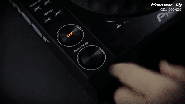
Pioneer CDJ900NXS Nexus Professional Multi Player is a modern take on classic DJing. You can't go wrong with two (or more) digital turntables and a mixer to keep the party going for hours. Many CDJ units include effects and looping controls to help you improvise during your performance.
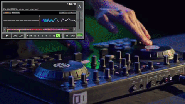
Laptop DJing gives you a few more options. For instance, if you use a program like Traktor, you can remix songs on the fly by manipulating stems and setting trigger points. It's also convenient to be able to use your mouse to swap effects and load songs, though you don't want your DJ set to look like you're checking email.
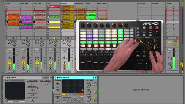
The APC-40, Ableton Push, and other Ableton-integrated controllers make it easy to sequence a series of loops through Ableton Live's Session Mode by launching clips and scenes across a grid of buttons. Since the APC-40 automatically maps to Ableton's mixing controls, you get full access to your software without spending time MIDI-mapping.
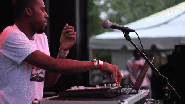
On the other hand, there are benefits to mapping all of your MIDI controls yourself. If you're looking for a unique performance setup, you may want to create a custom-mapped controller that gives you direct access to the particular effects and parameters that you use to create your sound. For example, many left-of-center artists like Flying Lotus, Baths, and Giraffage use custom-mapped Akai MPD controllers to perform entire sets with just a few pads, faders, and knobs.
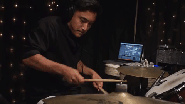
If you're looking to spice up your electronic performance with something that feels more human, try adding a keyboard, guitar, or acoustic drum set to your setup. The combination of live instruments and punchy electronic backing tracks can take your whole musical experience to whole new level.
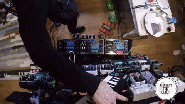
One of the simplest and most fun ways to build a track in real-time is to layer a series of loops on top of each other, mixing between them and improvising on top to create a full song. It can be challenging and risky, especially in a live setting, but with the right foundation of looping gear — whether software or hardware — you can bring ideas to life as quickly as they come to you by spontaneously jamming with yourself.
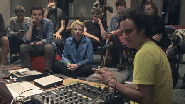
The best approach when it comes to putting on a great show is to trust your gut and build a unique setup that perfectly supports the music you want to make. Some of the most interesting artists today use complicated amalgamations of all of the above elements: DJing, triggering clips in Ableton, playing live instruments, and looping it all back into itself. Start building your library of gear and see what fits for the artist you want to be on stage.
